excerpt from a April 24 presentation to St. Mary's Episcopal Church
I, like you and millions of others in this sequestered season am living with fear and anxiety and disorientation amid trying to adjust to new and strange ways of communicating ways of doing our work while there is death and loss all around us.
There is the loss of our personal and social freedom to come and go, as we like and with it diminished social contact. There is the subtle mistrust of others in grocery stores and other public places that they could be carrying the virus. Even greeting others with a smile is difficult behind a mask. There is the disorientation of routines and schedules disrupted. There is the anxiety of what it means to be sequestered in our homes for two or three months and what the future will look like. There are funerals and services that have to be delayed for perhaps months or conducted in very restricted ways making it harder to adequately process one’s loss and grief and making proper rituals all the more important when they do take place. And of course high school and college commencements that will not take place or take place remotely. All of these factors are psychologically disorienting, making a sense of completion or closure very difficult.
As promised, I have a few concrete suggestions for managing ourselves during this difficult time, as well as in the aftermath of any significant loss. I think it is very important to structure your days, so that the passage of time doesn’t seem like one endless day after another or as several have said to me “like I am reliving the movie ‘Groundhog Day.’
Keeping a regular bedtime and getting up at a regular time is part of that structure, as is regular and healthy meals with snacks and alcohol in moderation. Getting outdoors for exercise is also important. Reading those things that inspire, can be helpful. Limiting your exposure to social media including television is important. Twice a day is enough.
And if you are feeling particularly stressed, the 4-7-8 breathing approach is useful. Inhale deeply for the count of 4, hold it for the count of 7, and exhale fully for the count of 8. Repeat several times. That technique lowers heart rate, blood pressure, cortisol, and calms the limbic system of the brain. The app “UCLA Mindful” can also be very helpful for treating stress and anxiety. And while contact with family and friends is facilitated by e-mail and text, the human voice over the phone or through video, is even more reassuring.
For those working from home and experiencing “Zoom fatigue”, it can be useful to not plan meetings back to back. Give yourself at least 15 minutes between calls, leave your desk, go outside or to a different area of the house and walk around, clear your head. Video meetings are inherently more tiring than in-person meetings. We are sensate beings, and when we are in-person we take in information from many senses, including smells. The mere physical presence of another has the power of stirring feelings and awakening all of our senses. That sensory data is lost working remotely.
There is research that indicates that the more time we spend on our screens, the lonelier we feel. Sherry Turkle describes it as “alone together.” An odd sense of anti-presence related to the absence of full sensory data. The need to stay within the range of the camera means that we sit more still and rigid than we would in an in-person meeting. In addition, we are not used to watching ourselves as we relate to others, leading to a self-awareness that reduces spontaneity and our capacity to be fully present to the other. The visual awareness of our self subtly redirects our attention away from the person and topic before us. All of these factors take more energy than in-person meetings, as does multi-tasking.
As an aside, I have begun to place a sticky note over the picture of myself during a call, so that I am not distracted and thus inhibited by constantly observing my presence. And the sticky note also covers the new e-mail notice that scrolls across the screen during a meeting, which also is a distraction. And some video platforms permit you to turn your on-screen picture off. One other suggestion is that if you can do some of your meetings by phone, do so. It will give you a welcome break from some of the dilemmas I’ve just mentioned and will decrease your fatigue factor.
On the other hand, the technologies we have available are wonderful tools for staying in touch and getting important work done. And I have been struck by how many people I’ve talked with who have experienced the gifts inherent in this sequestered time. Many point to the increased quality of time with family members and the opportunity to slow down. Others point to things they are learning about themselves and how they want to work differently when they return to their places of work.

